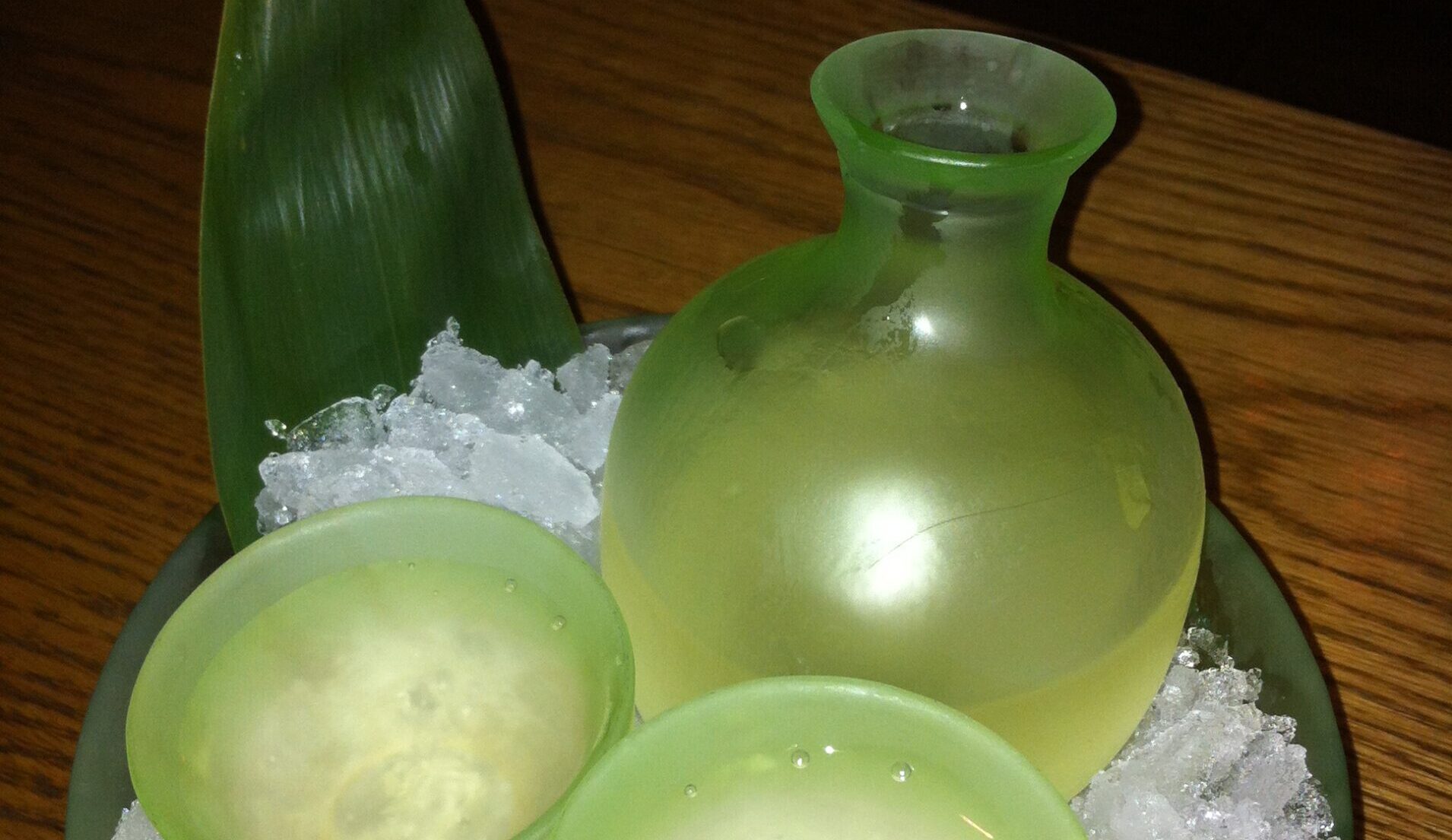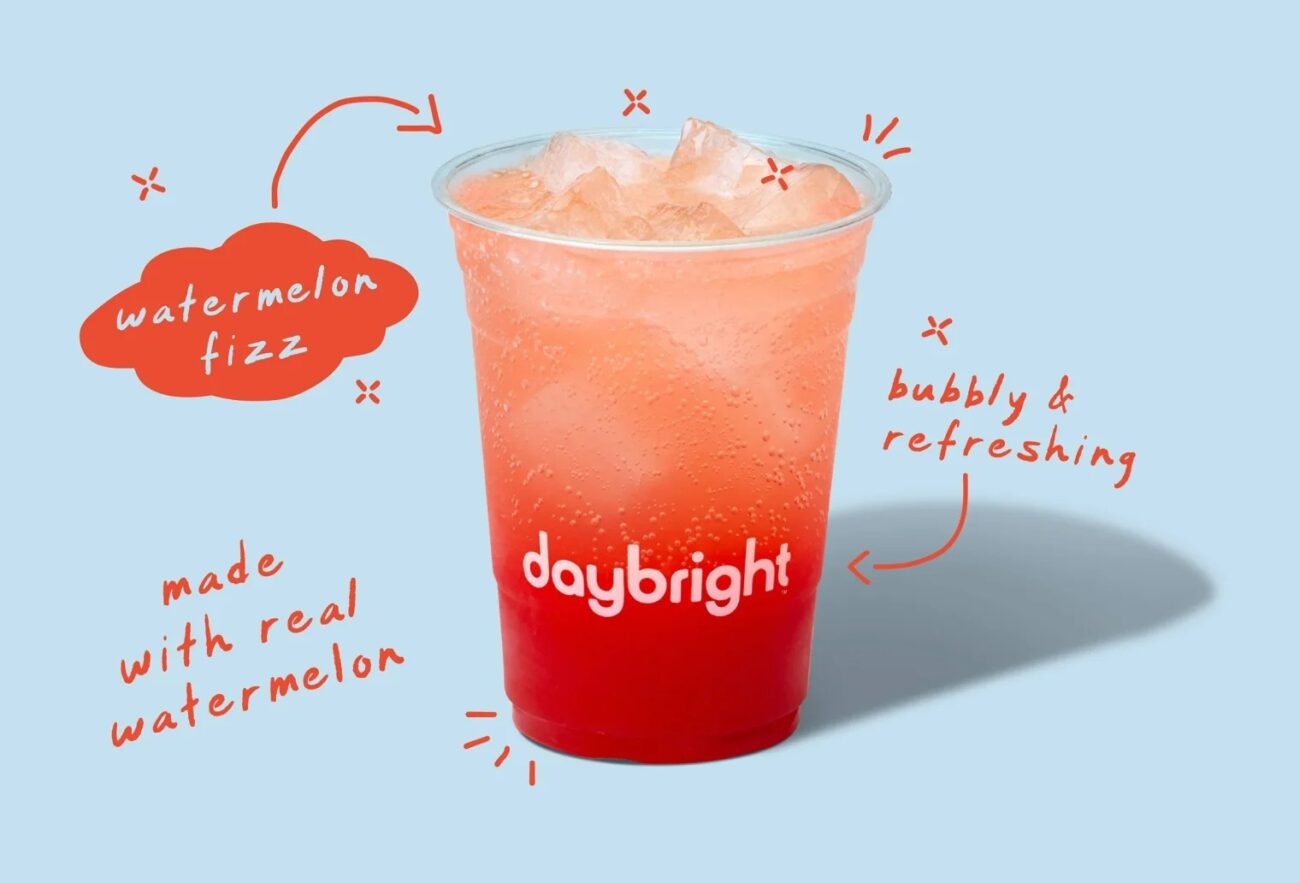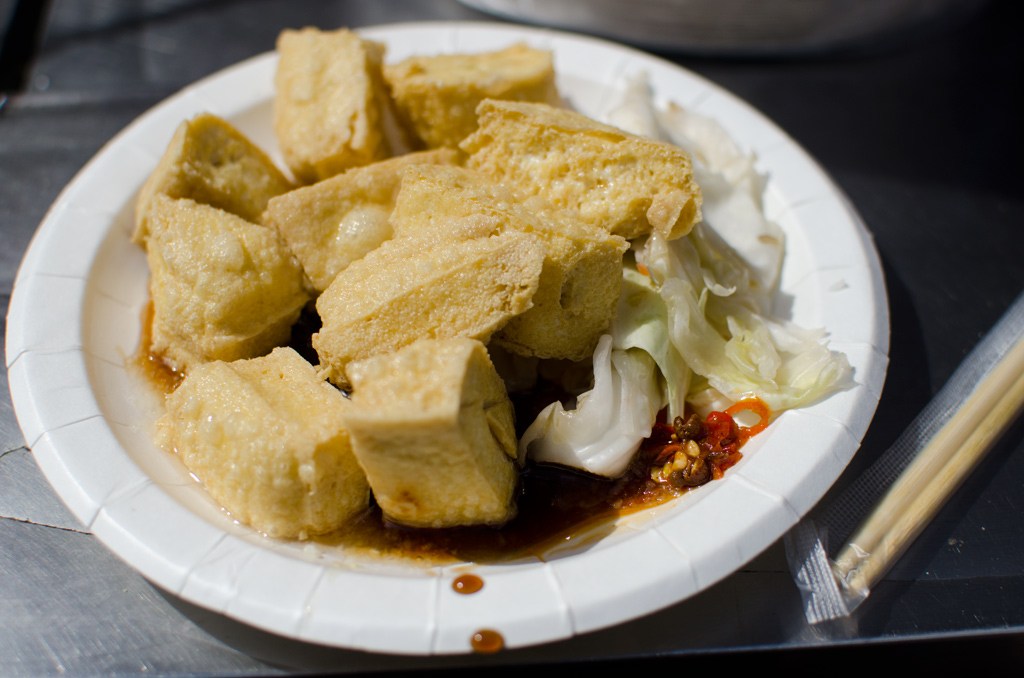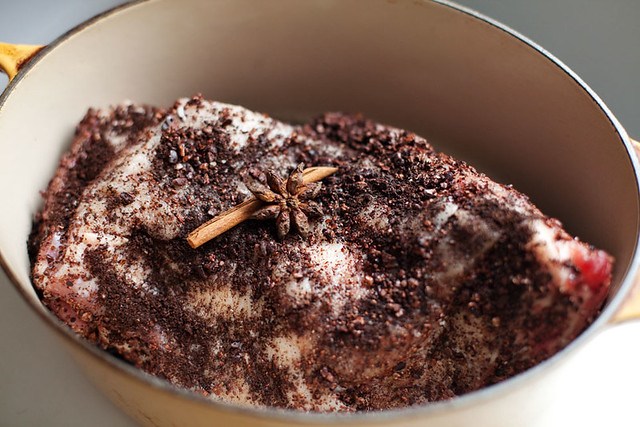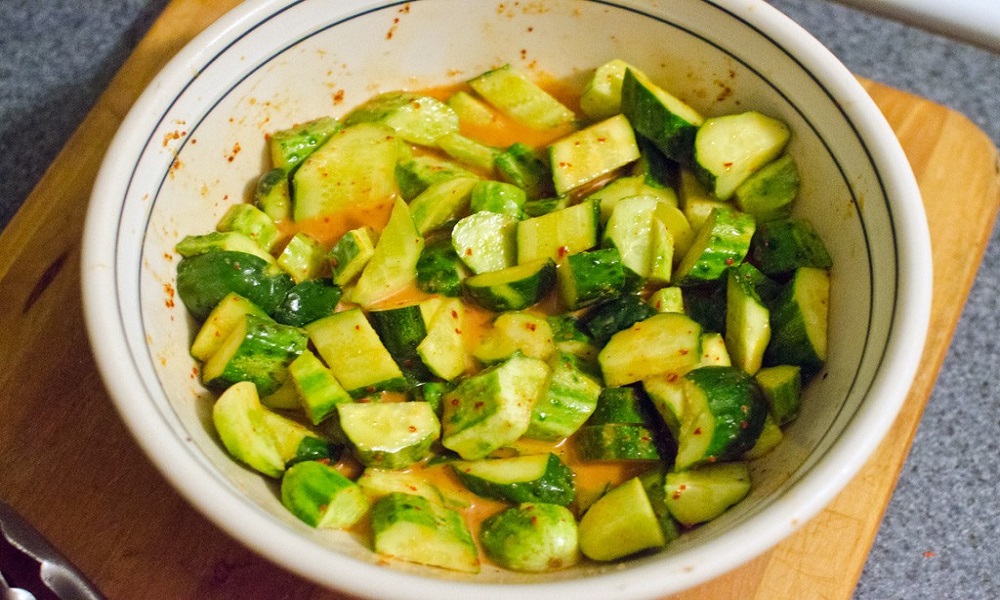Most sake enthusiasts harbor an unnecessary fear about opened bottles losing their magic overnight. Unlike wine, which can turn sharp and unpalatable within days, sake demonstrates remarkable staying power in the refrigerator. This resilience stems from sake’s unique fermentation process, allowing opened bottles to maintain their intended character for weeks rather than mere days. For culinary travelers discovering Japan’s national beverage or hospitality professionals managing inventory, understanding sake’s true shelf life transforms how this elegant drink fits into modern consumption patterns.
Style Determines Staying Power
Not all sake ages gracefully after opening, though most surpass wine’s brief window. Robust junmai styles, with their fuller body and higher acidity, can maintain acceptable flavor for more than a month when properly refrigerated. These heartier expressions resist oxidation better than their refined counterparts. Like Japan’s luxury hotel melon presentations that maintain their peak flavor through careful temperature control, robust junmai styles benefit from the same attention to proper storage conditions.
Delicate ginjo and daiginjo varieties, prized for their aromatic complexity and silky texture, require more careful timing. While they rarely become undrinkable, their sophisticated aromatics begin fading after three weeks. The difference lies in brewing technique—junmai’s rice-forward character proves more stable than ginjo’s ethereal floral notes.
- Junmai and high-acid styles: Over one month refrigerated
- Ginjo and daiginjo varieties: Optimal within three weeks
- Nama (unpasteurized) sake: Requires immediate refrigeration, shorter lifespan
- Nigori (cloudy) sake: Similar to nama, best consumed quickly after opening
- Room temperature storage: Dramatically reduces shelf life for all styles
The Science Behind Sake’s Stability
Temperature control makes the crucial difference between sake that evolves gracefully and sake that deteriorates rapidly. Refrigeration slows oxidation and prevents the bacterial activity that can affect unpasteurized varieties. This stability reflects sake’s traditional role in Japanese culture, where respect for ingredients includes minimizing waste—the philosophy of mottainai in Japanese food culture.
Professional sommeliers now routinely advise transferring leftover sake to smaller bottles, reducing air contact that speeds deterioration. Wine vacuum pumps, designed for grape-based beverages, work equally well for sake and can extend freshness significantly. Learn about sake storage best practices.
This forgiving nature allows sake enthusiasts to savor premium bottles over multiple occasions without anxiety. The gradual flavor evolution often proves pleasant, revealing different aspects of the brew’s character as it opens up over time. Unlike Miami’s extravagant $33,000 cocktail experiences that must be consumed immediately, sake’s evolving character rewards patience and multiple tastings over weeks.


